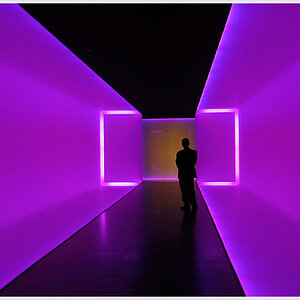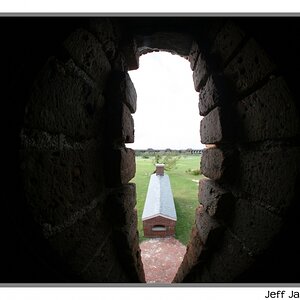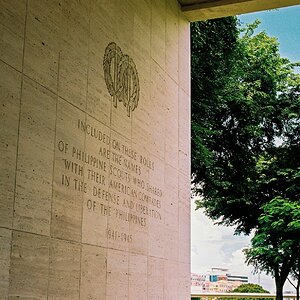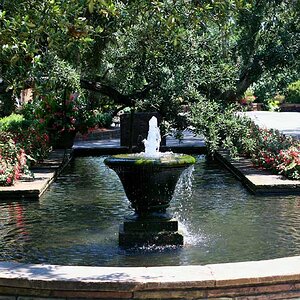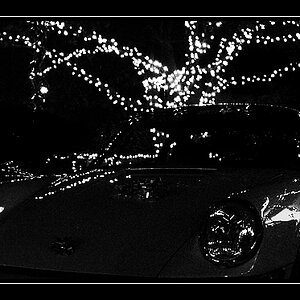usayit
No longer a newbie, moving up!
- Joined
- Nov 15, 2003
- Messages
- 9,521
- Reaction score
- 347
- Can others edit my Photos
- Photos OK to edit
Electronic shutters can flash-sync much faster too. Mine syncs at 1/2000. But ES are silent.

Its slightly different.... The 1/250 or 1/125 X-sync still applies. Modern cameras establish high speed flash sync by "cheating" a little by emitting a series of strobe fires repeatively.



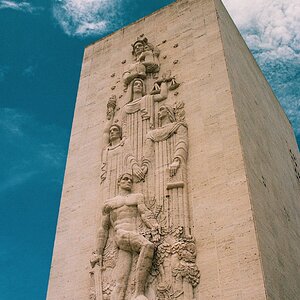
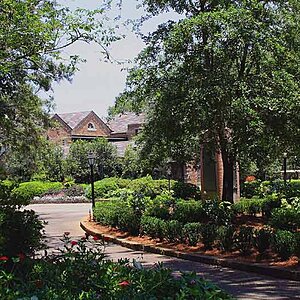
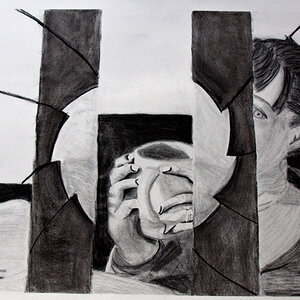



![[No title]](/data/xfmg/thumbnail/40/40284-f59f6230f0d5b9eacf977f8b0392f087.jpg?1619739407)
